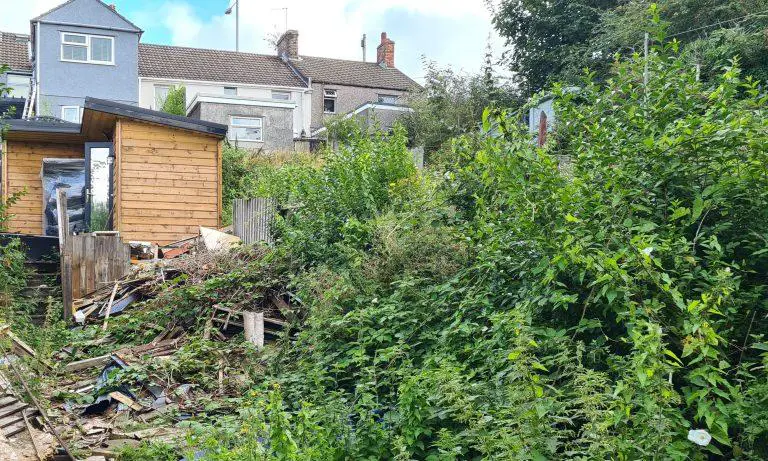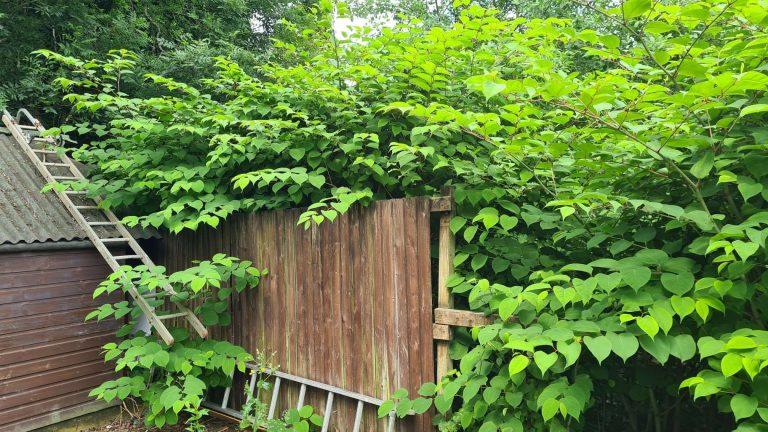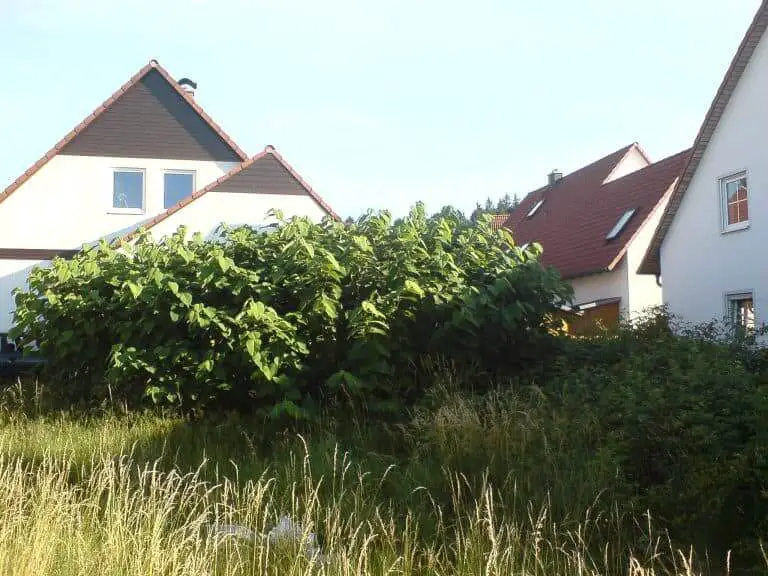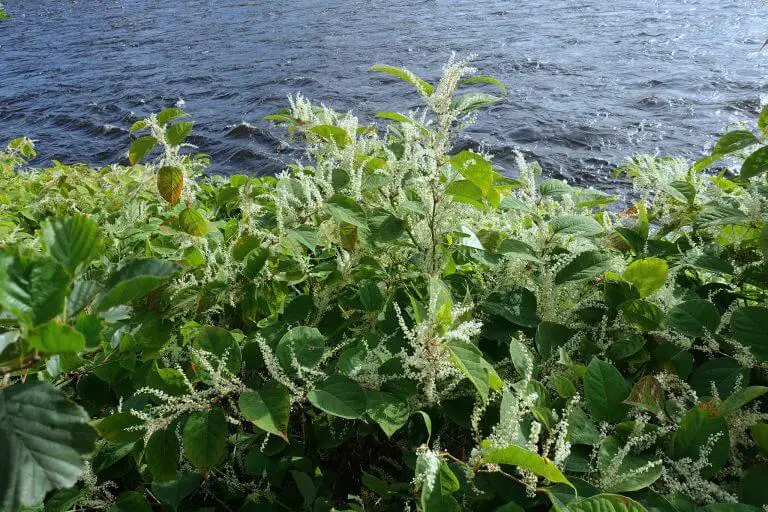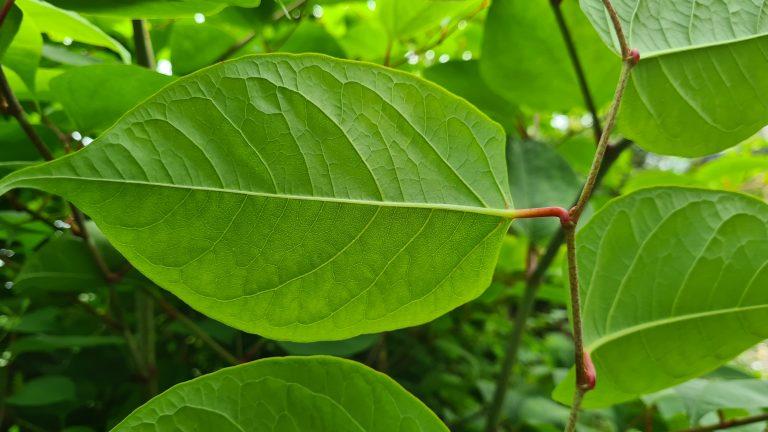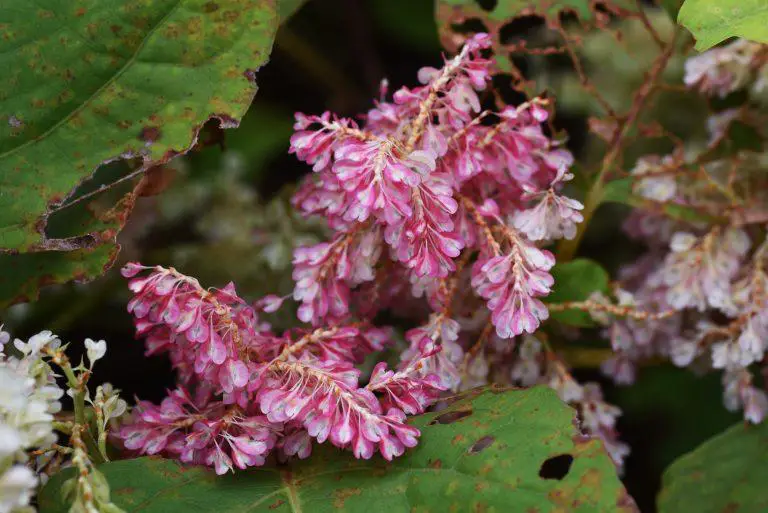Appropriate treatment for Japanese knotweed should guarantee the long-term removal of this highly invasive ornamental weed plant but also its complete eradication from an infested area.
Japanese knotweed treatment does not rely on just one technique but rather on a multiplicity of approaches to achieve the best results possible.
On this footing, we are going to explore more on the different approaches you can deploy as treatment tactics from the most effective downright to the less effective ones to get rid of the weed plant as elaborated below:
Chemical treatment
Eradication of mature knotweed will take approximately two to four seasons to eliminate when using specialized herbicides as treatment. Getting rid of this noxious invasive weed is a marathon, rather than a sprint, hence the reason for such a long time frame.
When using chemicals to effectively kill Japanese knotweed, timing is key.
According to various credible studies, the flow of nutrients of this weed plant is in one direction; this is to say, during spring, the nutrients and sugars will often move to the shoots from the root system. When summer arrives, this process is reversed in preparation for winter.
To this end, it is thus advisable to wait until after flowering has taken place for you to apply the chemical treatment. This essentially means that you may have to play a waiting game as the seasons change to effectively get rid of the Japanese knotweed thus the reason for a time frame of two to four seasons.
Nonetheless, this period is not cast in stone, because it can be possible to have the weed eliminated in a single spray with all other factors are considered such as the size of the infestation and the overall growth of the weed plant.
The most important thing to remember is that when you choose to use a Japanese knotweed treatment mechanism, you must be patient and constantly check on the infested area for any new growth and deal with them as soon as possible.
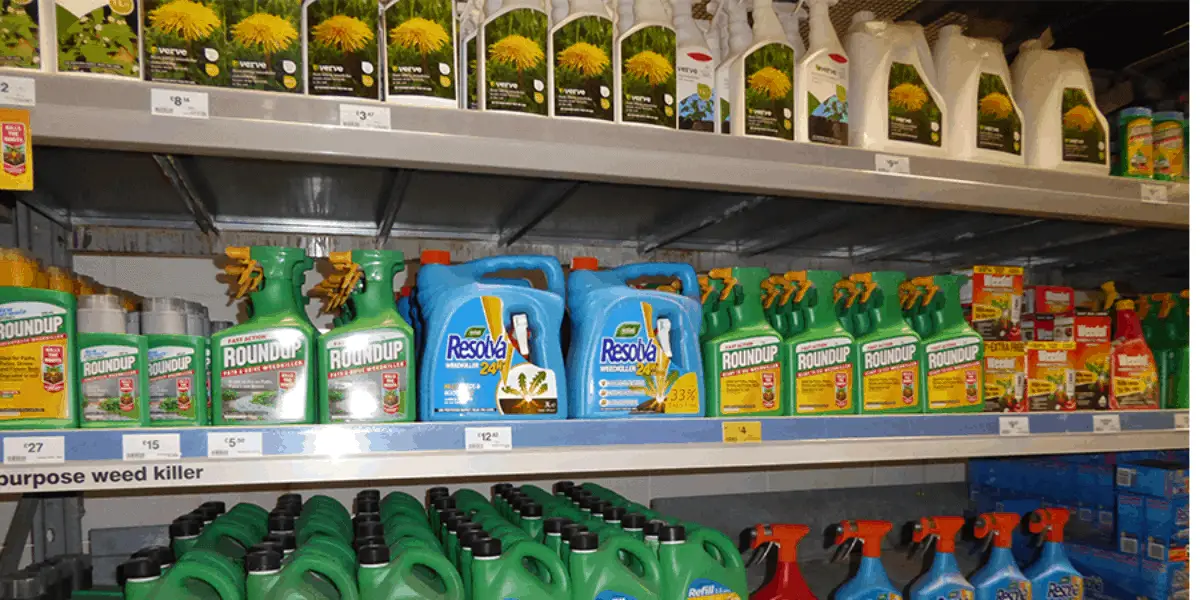
Relocation
This form of Japanese knotweed treatment approach involves the transportation of the weed plant from its area of infestation and taking it to a place whereby there is a stockpile and allowing treatment to be done in such a designated area using selected herbicides as may be befitting.
Relocation of the weed plant is feasible in instances where a person or company intends to have the land cleared for purposes of development or setting up a business that would otherwise be affected by the presence of the weed plant in the vicinity.
This is common in areas where mortgage houses are bound to be set up; the presence of the weed plant will greatly hamper the value of the houses or even the possible loan advancement to the developer thus the need to have the plant relocated and Japanese knotweed treatment can be administered in the zones where they have been dumped.
The removal cost of the weed plant must be met by the person intending to have the relocation done.
Depending on the size of the infestation, relocation can successfully occur within a period of one to two years.
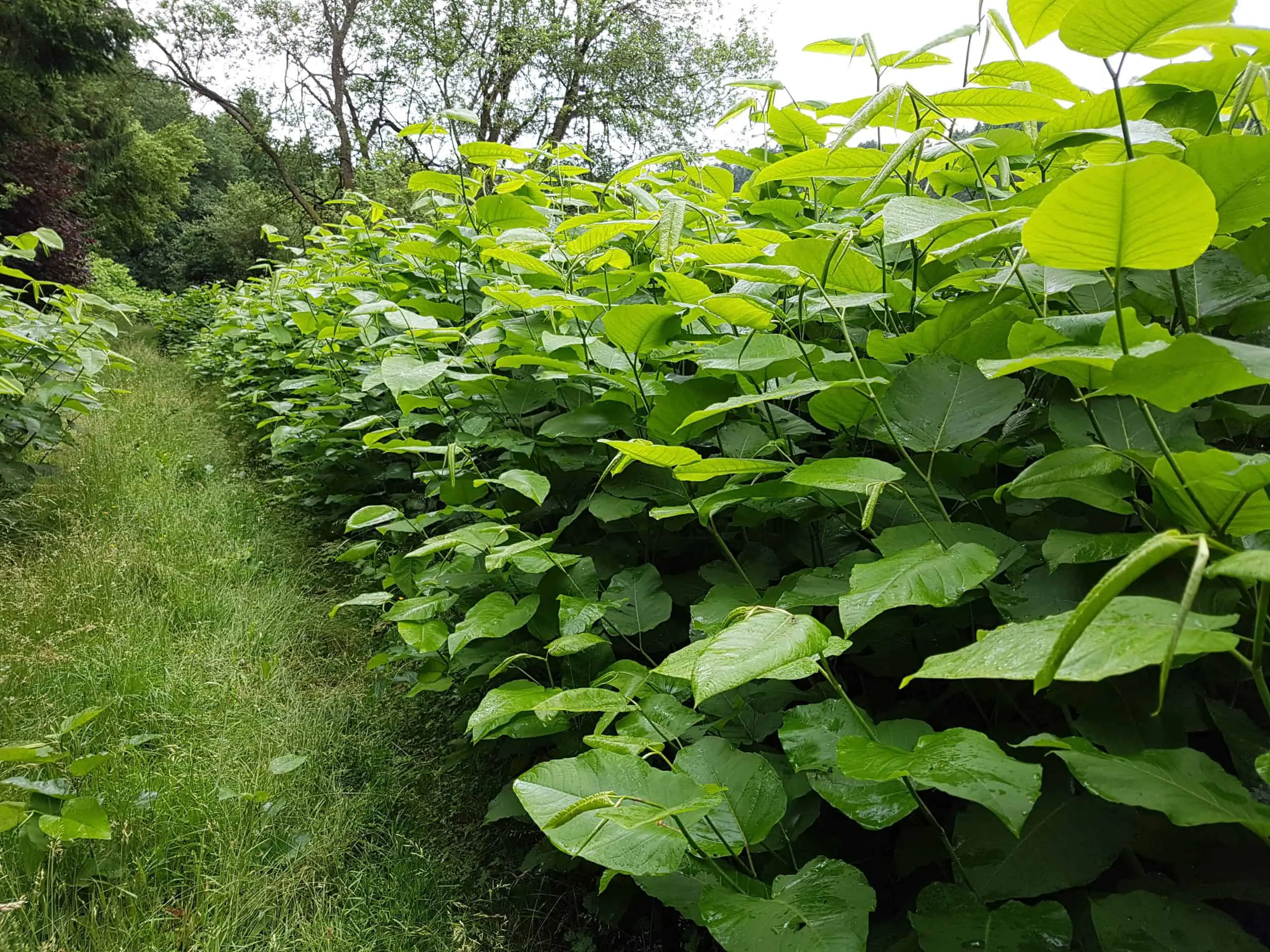
Burying on-site
This method of eradication is feasible where one does not intend to cough up extra costs to have the waste remains of the Japanese knotweed taken out of an area to a landfill site for purposes of disposal.
What will happen is that a burial compartment will be dug and the Japanese knotweed waste will be sealed in bags or containers and dumped into the hole.
However, as a cautionary measure, you must ascertain that the area intended for on-site burial is not intended for deep groundwork or services that will require the soil to be cleared i.e. the construction of car parks.
Experts advise that the burial of the weed plant should take place after the plant has been subjected to treatment, burning, or allowed to decay.
You must never mix other domestic wastes with the remnants of the weed plant that are intended for burial as this may lead to a new potential growth since the domestic waste can provide the required nutrients and components for a fresh re-growth.

Use of barrier membranes/capping
Japanese knotweed, just like any other plant, depends on water and sunlight for its continuous growth. Depriving the plant of such important elements, in essence, reduces its growth and in the long run, leads to the eradication of the weed plant.
Barrier membranes are puncture-resistant and impenetrable materials that can be readily purchased from sellers dealing with such products. Once you have applied Japanese knotweed treatment to the plants on the ground, you can, also, use a barrier membrane to control the growth of the weed plant.
The protective cover should not only be put on top of the soil surface and heavy objects laid atop of it to avoid it being blown away, but also, if it is possible, it should cover even the periphery of the infested area vertically such that no rhizome escapes from the side and invoking a new growth.
excavation
Typically, people view excavation as the quick-fix approach to getting rid of Japanese knotweed in an infested area. One can use home-based tools such as a shovel (if the weed plant is in its early stages of growth) or hire excavators (machines) to do the job; if the plant is fully developed.
The ‘bad news’ though, is that you must never leave the dug-out waste of the Japanese knotweed lying around unattended. Japanese knotweed is classified as a “controlled waste”; hence you must dispose of it in a manner that is legally sanctioned.
This includes making arrangements to have the waste transported to a landfill site that is authorized to safely get rid of this highly invasive weed plant.
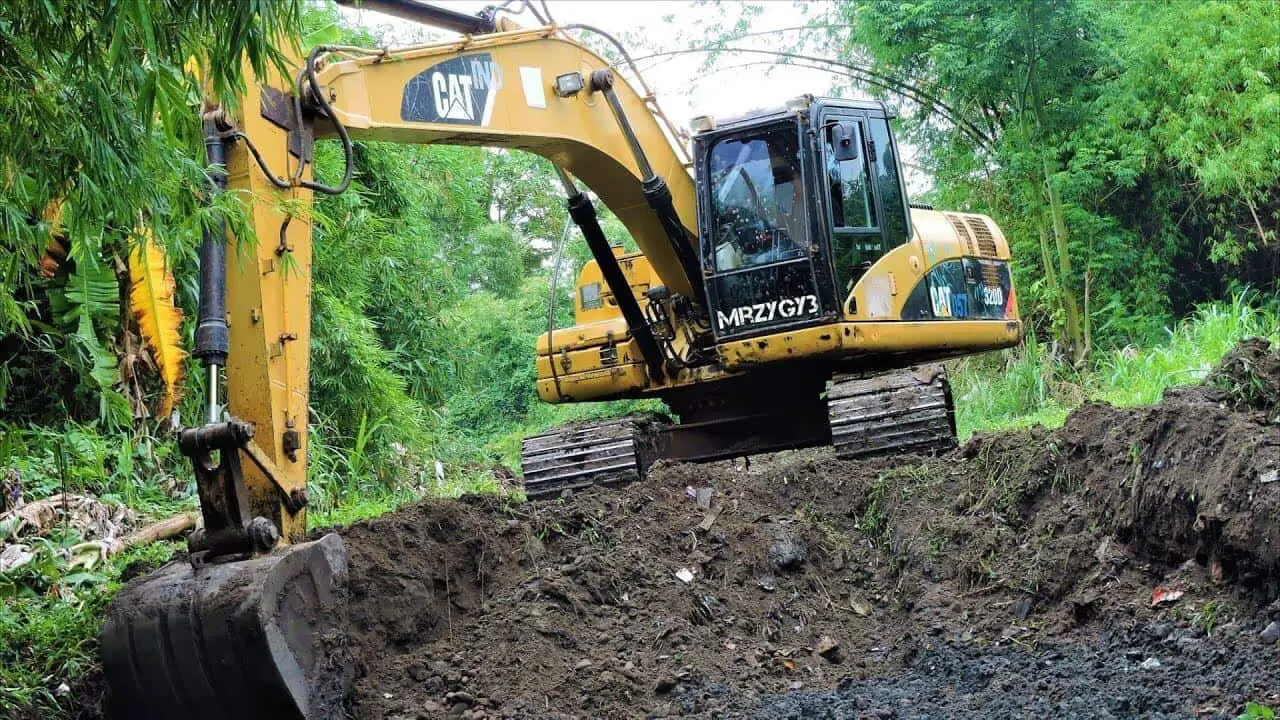
Conclusion
Treatment for Japanese Knotweed
Japanese knotweed treatment does not lean towards one method in isolation from the others. Experts have been clear that each method must be applied appropriately for it to give the best results.
This means that whatever approach you decide on using, you must be patient as there is no guarantee of a quick fix to the Japanese knotweed infestation.
If you think you can combine two or three methods to achieve the best results, then you must make haste to do so as this weed plant knows no boundaries once it starts growing on your property.
Want to know more about building a Japanese knotweed treatment?
Knotweed Removal aims to provide the most up-to-date information, help and advice for YOU to make informed decisions. If you are unsure or uncertain about how to proceed, please reach out to us, and we will gladly come back and advise you as best we can.
Governmental advice can be found here, and the UK law covering the removal of Japanese Knotweed as stated under the Wildlife and Countryside Act 1981 can be found here.
The best means to contact us is via our email – hello@knotweedremoval.tips
Do not forget we have a library of blogs covering many areas relevant to Japanese Knotweed, our free downloadable How-to Guides and Product Reviews on the latest methods being employed to eradicate or remove Japanese Knotweed.
Knotweed Removal, UK

